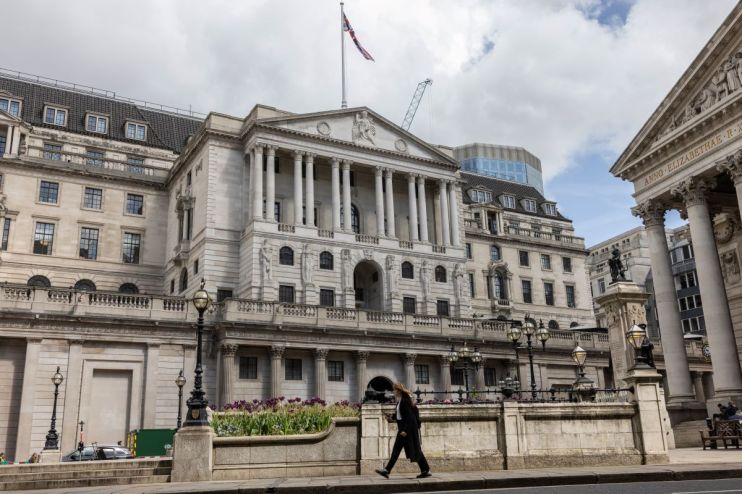Inflation fall puts a gloss on £14bn-worth of public borrowing in September

UK public sector borrowing fell in September compared to last year, aided by healthier tax receipts and a friendlier inflationary climate, according to the latest government figures.
Data released by the Office for National Statistics on Friday showed the public sector borrowed £14.3bn last month.
This figure is £1.6bn less than was borrowed in the same period last year but still ranks as the sixth-highest September figure since the ONS’ records began in 1993.
A series of economic shocks has squeezed Britain’s public finances and raised public borrowing over the last 15 years.
The latest figures are unlikely to change his mind despite being relatively benign compared to recent spending totals.
Borrowing last month was around half of what it was in September 2020, during the Covid-19 pandemic.
Borrowing from April to September was £81.7bn, up £15.3bn from the same period last year but short of the Office for Budget Responsibility’s (OBR) forecast of £101.5bn.
The interest paid on government debt in September was £0.7bn, down £7.2bn from last year and the third lowest monthly figure since that data series began in 1997.
The ONS explained that interest fell “largely because of the fall in the Retail Prices Index between June and July 2023 reducing the inflationary impact on index-linked gilts”.
Its data also showed the government’s total receipts of £77.3bn in September surpassed the OBR’s forecast of £1.9bn, boosted by £57.4bn in tax receipts.
However, government expenditure came in at £88bn, offsetting the higher receipts but undershooting the OBR’s forecast by £4.1bn.
Public sector net debt came in at an estimated 97.8 per cent of the UK’s gross domestic product at the end of September, 2.1 per cent higher than last year September 2022 and at a similar level to the early 1960s.